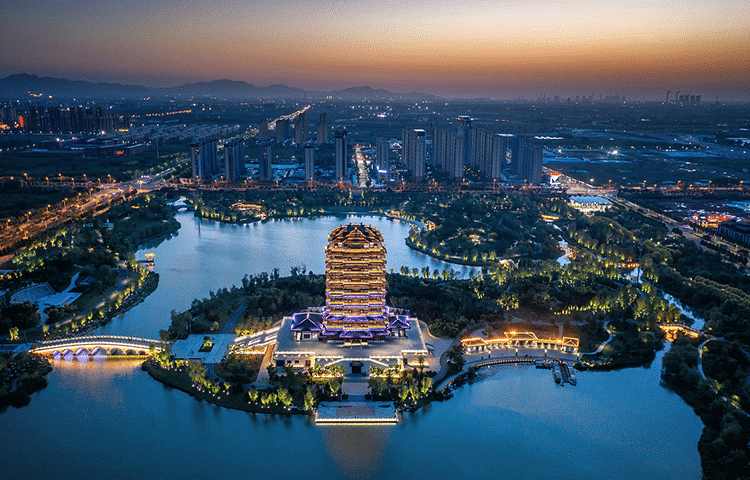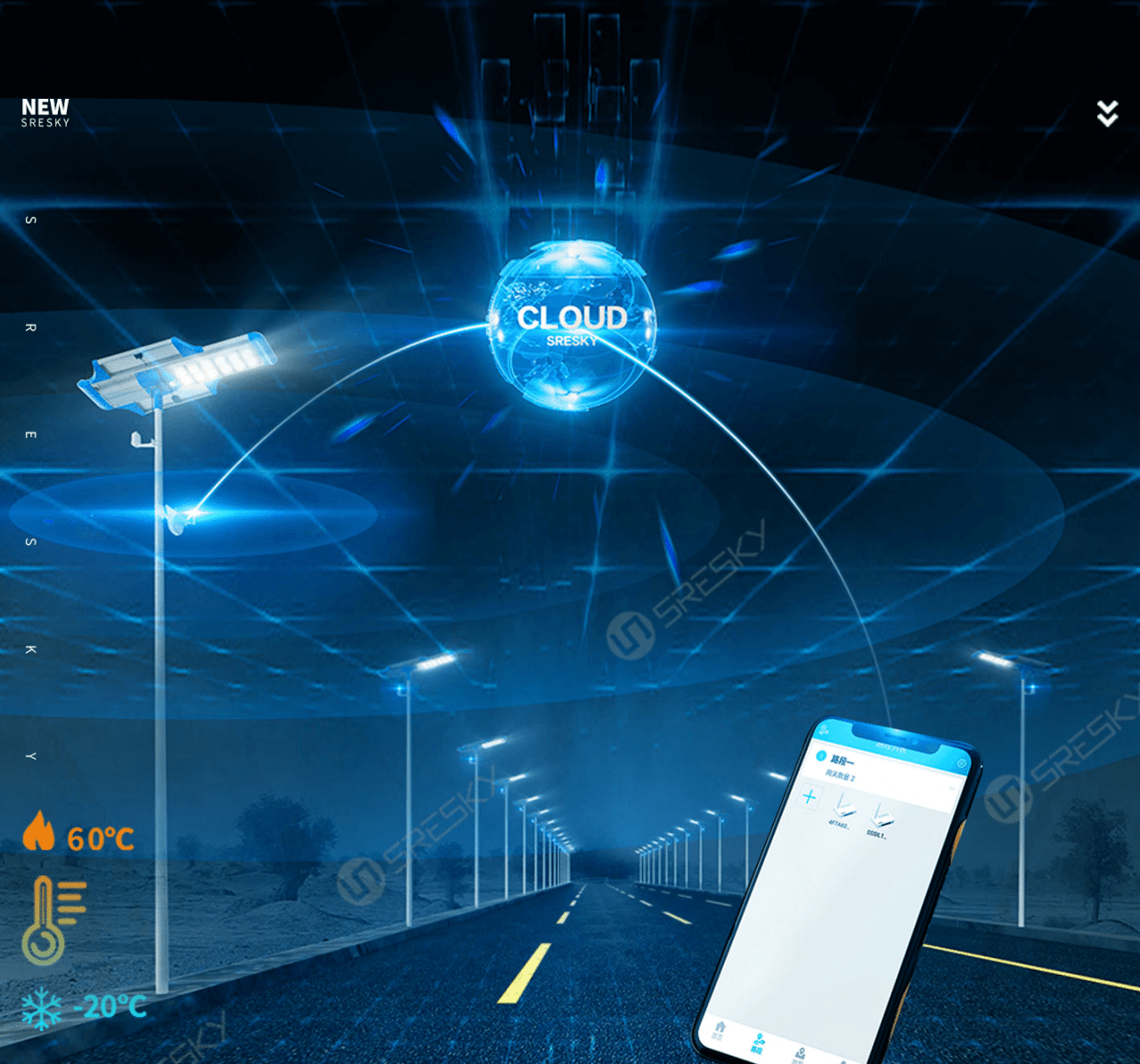As an important part of the “smart city”, smart lighting is the application of urban sensor networks and power carrier technology to connect the street lights in the city to form the “Internet of Things”.
And use computing and other information processing technologies to process and analyze massive amounts of perception information.
Make intelligent response and intelligent decision support to various needs including people’s livelihood, environment, public safety, etc., so that urban life lighting reaches a “smart” state.

The accelerated development of the urban lighting industry has greatly increased the number of lighting facilities and more complex lighting control requirements. Only through intelligent control systems can the refined management of urban lighting be achieved. The street lamp adopts LED street lamp + “Internet of Things” single lamp intelligent control system, each lamp has a unique code, corresponding to the corresponding position, and the “Internet of Things” method is used to introduce the information of each lamp into the lighting equipment network. Innovatively establish a set of information system that can cover the entire city’s street lights, thereby completely changing the backward management level of street lights. Street lights and light poles are densely distributed in the city, which has the advantages of convenient networking and access to electricity. In the future, they will become an indispensable data carrier for the perception layer in the construction of “smart cities”. Other functions can be expanded in the future, such as security monitoring, charging Pile, city WIFI, etc.

With the promotion of domestic urbanization and the subsequent upgrading of road traffic and the transformation of urban appearance, urban road lighting and urban landscape lighting industries have achieved rapid development, and their market scale will also be on the existing basis Expand further. Smart city construction is a complex system project. The traditional model cannot meet the investment needs, and more market forces and social forces are needed to participate. It has become an inevitable choice to introduce market mechanisms into the construction of “smart cities”.
